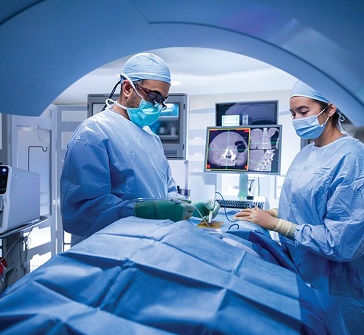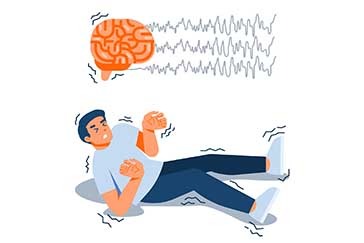 Book Appt.
Book Appt.
 Call Now
Call Now


Migraine headaches are a prevalent and debilitating neurological disorder characterized by recurrent, throbbing, and intense pain, often accompanied by other symptoms like nausea, sensitivity to light and sound, and visual disturbances. They affect millions of people worldwide, significantly impacting daily functioning and quality of life.
The Anatomy of a Migraine
Types of Migraines
Triggers and Risk Factors
While the exact cause of migraines remains unclear, several triggers and risk factors have been identified:
Treatment and Management
Conclusion
Migraine headaches are a complex and often debilitating neurological condition that can significantly impact an individual's quality of life. Early diagnosis, personalized treatment plans, and lifestyle modifications are key components of effective migraine management. Continued research and advances in medical therapies offer hope for improved outcomes and better quality of life for those living with migraines.
SHALBY Sanar International Hospitals provides extensive medical procedures backed up with our state-of-the-art technology and a team of highly qualified & experienced clinical experts.

Patient from Iraq gets treated by Dr. Harnarayan Singh | SHALBY Sanar International Hospitals

15 year old Patient from Liberia gets treated by Dr Harnarayan Singh | Neurosurgery & Spine Surgery

Mrs. Khalida Khaleel from Iraq Overcomes Degenerative Disc & Grade 1 Spondylolisthesis

Successful Treatment of a Patient from Uzbekistan for Degenerative Disc Disease and Back Syndrome

Surviving Stroke: Bipasha Banerjee's Testimony on Timely Intervention

Successful Intraoperation Neuro Monitoring on patient Hasan from Iraq

Successful removal of Glioma using advanced machines

A multidisciplinary care worked wonders for Ms. Akhtamova from Tajikistan

Treatment for Brain Aneurysm - Al Qumairi Saeed Mohsen Awadh from Yemen
Our doctors pen down their research findings and experiences from time to time. Their words provide deep insight into the latest techniques, technologies and other advancements in healthcare. It provides expert answers to all kinds of health questions for real-life issues.
VIEW ALL




Since the day of its foundation, SHALBY Sanar International Hospitals is committed to provide comprehensive healthcare services. It regularly organizes awareness programs in its premises and encourages outdoor healthcare activities and camps with an intent to put focus on preventive healthcare.
VIEW ALL